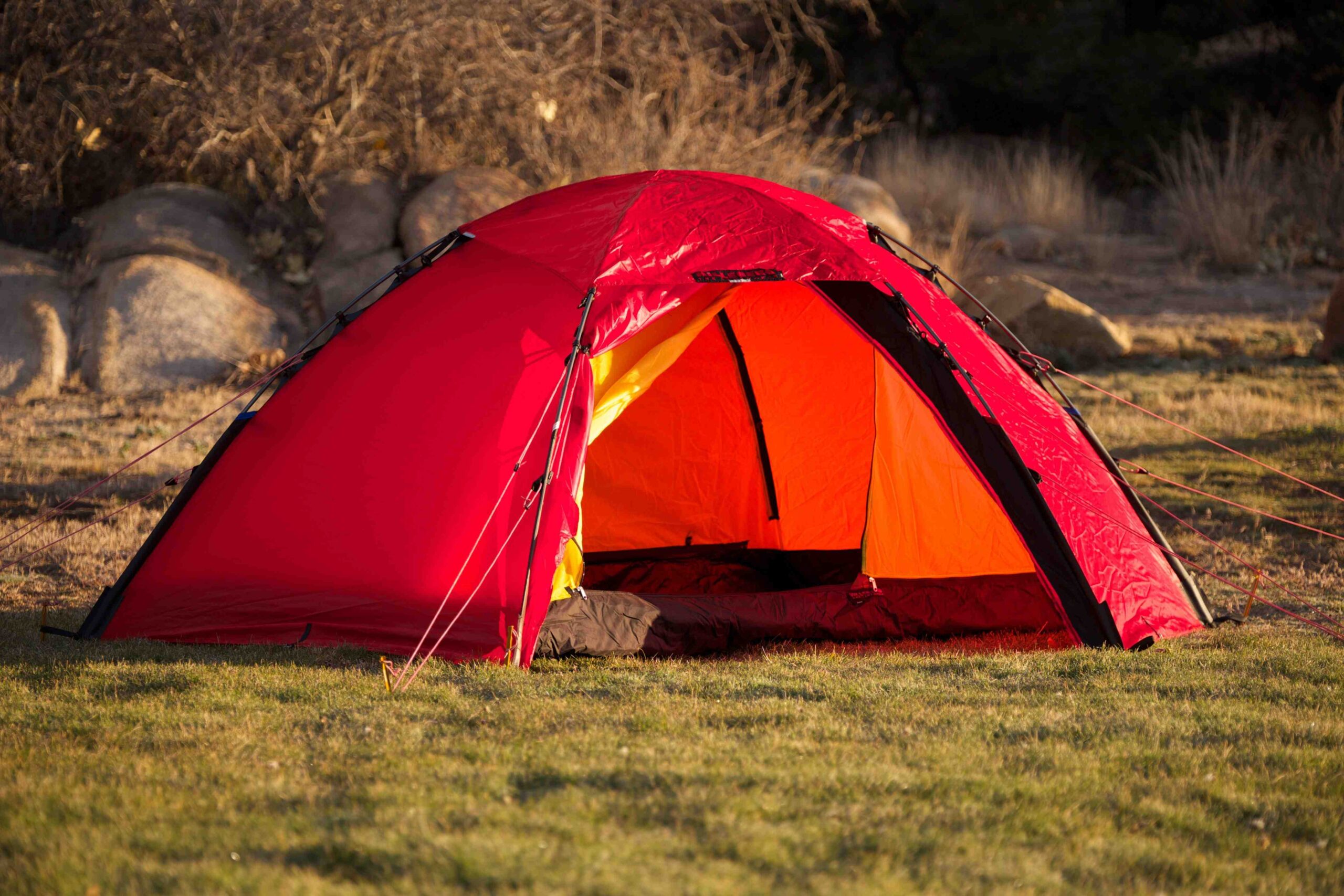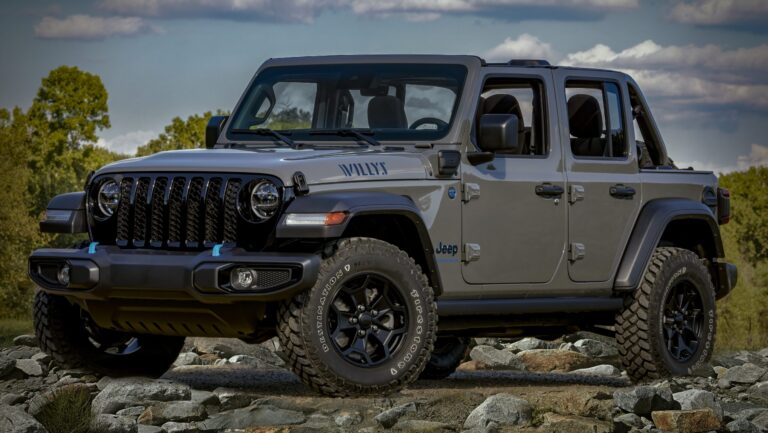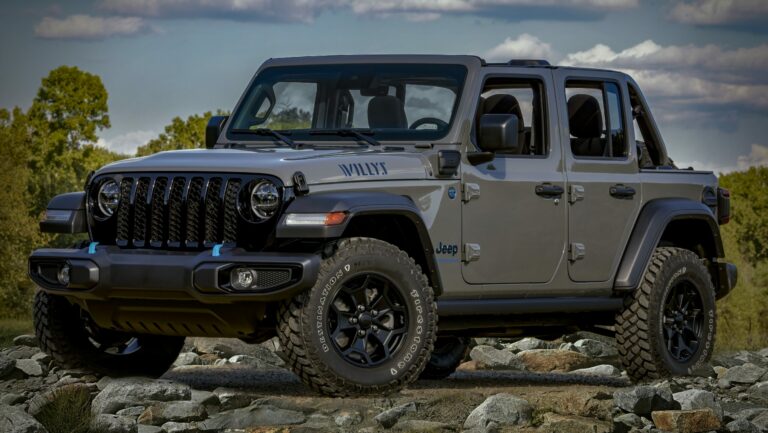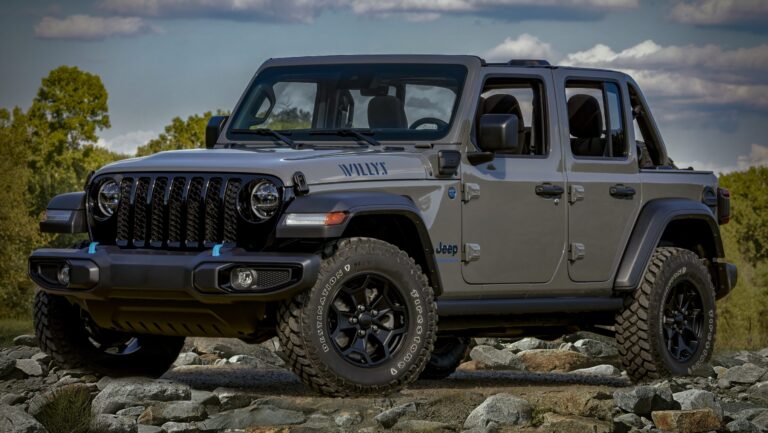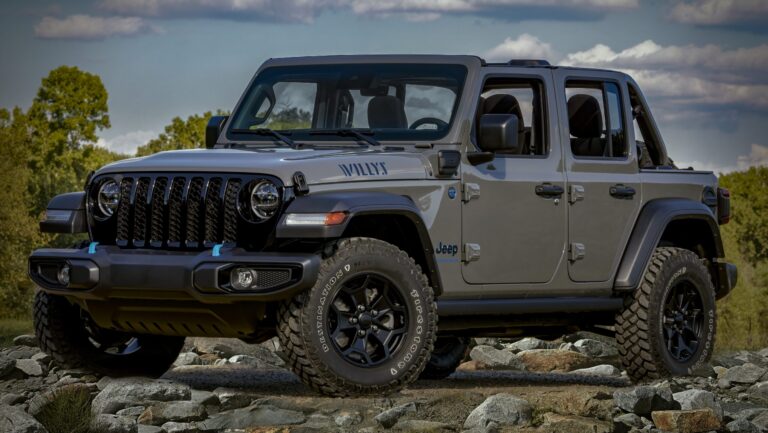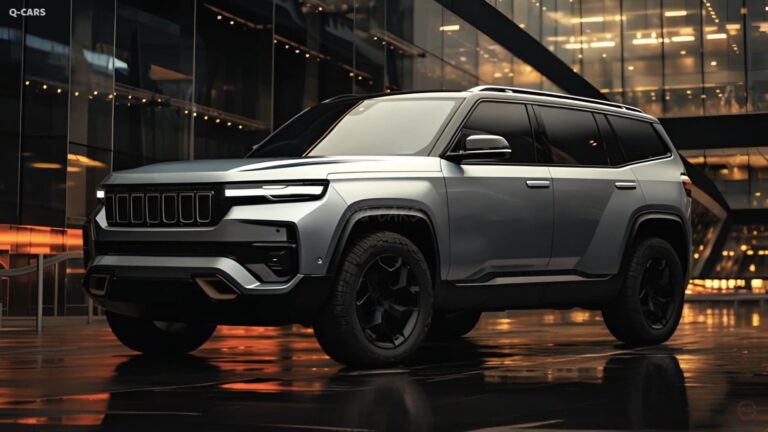Tent For Wrangler Jeep: Unlocking Your Ultimate Overland Adventure
Tent For Wrangler Jeep: Unlocking Your Ultimate Overland Adventure jeeps.truckstrend.com
For the dedicated Jeep Wrangler enthusiast, the call of the wild is an irresistible siren song. While the Wrangler itself is a symbol of off-road prowess and untamed spirit, transforming it into a self-sufficient mobile basecamp elevates the adventure to an entirely new level. Enter the Tent For Wrangler Jeep – a specialized camping solution designed to seamlessly integrate with your vehicle, offering unparalleled convenience, comfort, and the freedom to explore beyond the beaten path. More than just a shelter, a Wrangler-specific tent is an investment in limitless exploration, turning your iconic 4×4 into the heart of your outdoor escapades.
This comprehensive guide will delve into everything you need to know about choosing, using, and maintaining the perfect tent for your Wrangler, ensuring your next outdoor journey is as comfortable as it is thrilling.
Tent For Wrangler Jeep: Unlocking Your Ultimate Overland Adventure
The Diverse World of Wrangler Jeep Tents
The market offers a variety of tents tailored for the Wrangler, each with unique advantages. Understanding these types is the first step in finding your ideal mobile shelter.
1. Rooftop Tents (RTTs)
Rooftop Tents are arguably the most iconic and popular choice for overlanding Jeepers. They mount directly onto your Wrangler’s roof rack, deploying quickly to provide an elevated sleeping platform.
- Soft Shell RTTs: These are typically fabric tents that fold open. They are lighter and generally more affordable than hard shells, offering good ventilation and often larger sleeping areas.
- Hard Shell RTTs: Featuring a rigid top and bottom, hard shell RTTs deploy even faster, often with gas struts. They offer superior insulation, better aerodynamics, and a more robust structure, though they are heavier and pricier.
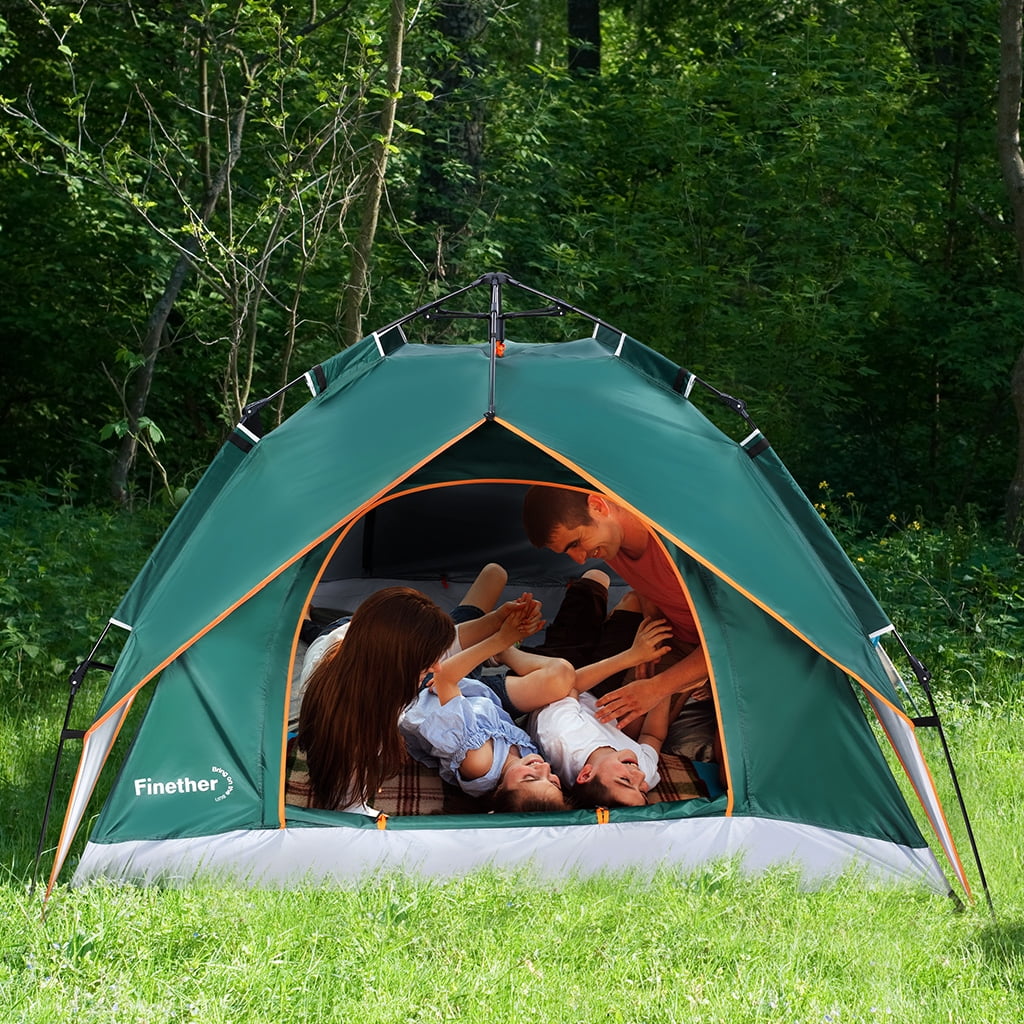
Pros of RTTs:
- Elevated Comfort: Off the ground, away from critters, uneven terrain, and mud.
- Quick Setup: Many can be deployed in minutes.
- Enhanced Views: Enjoy panoramic vistas from your elevated perch.
- Security: A sense of added safety from ground-level threats.
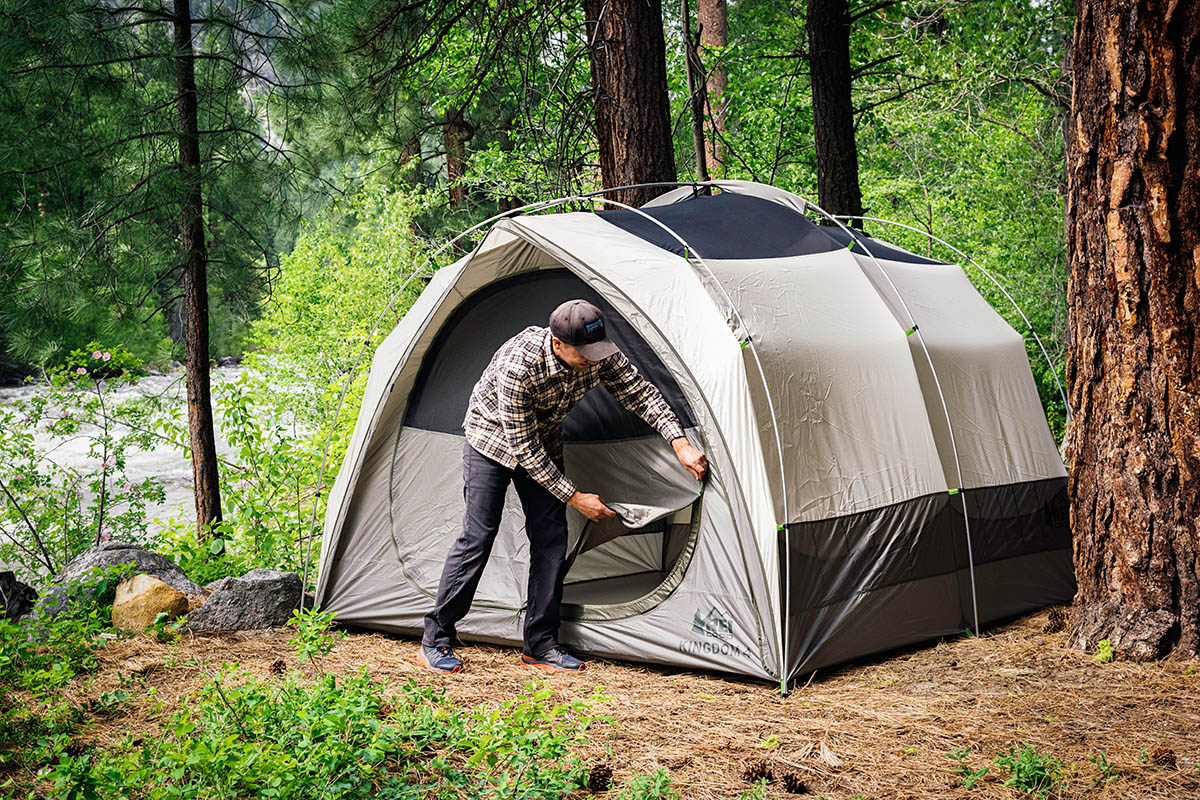
Cons of RTTs:
- Weight & Fuel Economy: Adds significant weight and drag, impacting MPG.
- Cost: Generally the most expensive tent option.
- Vehicle Height: Increases overall vehicle height, potentially limiting access to certain garages or low-clearance areas.
- Pack-up Time: Requires packing up to move the vehicle.
/view-out-of-orange-tent-5c169fe346e0fb000166cdab.jpg)
2. Ground Tents (Vehicle-Attached/Awning Tents)
These tents connect directly to the side or rear of your Wrangler, using it as an anchor or an integral part of the tent structure.
- Awning-Attached Tents: These typically deploy from a side-mounted awning, extending to the ground to create an enclosed room. They often offer standing room and can be quite spacious.
- Rear Hatch/Tailgate Tents: Designed to connect to the open rear gate of the Wrangler, these create an enclosed space around the back of the vehicle, ideal for smaller groups or quick overnights.
Pros of Ground/Attached Tents:
- Spacious: Often offer more interior room and standing height.
- Affordable: Generally less expensive than RTTs.
- Detachable (some models): Allows you to leave the tent set up and drive your Jeep for day trips.
- No Roof Rack Needed: Many attach directly to the vehicle body or roll bar.
Cons of Ground/Attached Tents:
- Ground Conditions: Subject to mud, water, and critters on the ground.
- Setup Time: Can be more involved than RTTs.
- Less Secure: Doesn’t offer the elevated security of an RTT.
3. Standalone Ground Tents
While not "for" the Wrangler in terms of direct attachment, many Jeep owners opt for high-quality, durable standalone ground tents. These offer complete detachment from the vehicle, allowing the Jeep to be used independently while camp is set up. They range from compact backpacking tents to large family-sized shelters.
The Undeniable Benefits of a Wrangler Jeep Tent
Investing in a specialized tent for your Wrangler brings a multitude of advantages that elevate your outdoor adventures:
- Unparalleled Freedom & Mobility: Go wherever your Wrangler can take you. With a self-contained sleeping solution, you’re not bound by campgrounds or hotel bookings.
- Enhanced Comfort: Sleep off the ground (with RTTs) or in a more spacious, sheltered environment (with ground tents) than traditional camping. Many tents offer comfortable mattresses and ample ventilation.
- Protection from Elements & Critters: Superior weather resistance keeps you dry and warm, while being off the ground offers a psychological and practical barrier against insects and ground-dwelling animals.
- Quick & Easy Setup: Modern tent designs, especially RTTs, prioritize rapid deployment, meaning more time enjoying your destination and less time struggling with poles and stakes.
- Cost-Effectiveness: Over time, the investment in a quality tent can be far more economical than repeated hotel stays or cabin rentals for your adventures.
- Integration with the Jeep Lifestyle: A tent perfectly complements the adventurous spirit of the Wrangler, making it a true mobile basecamp for overlanding, rock crawling, and remote exploration.
Key Considerations When Choosing Your Wrangler Tent
Selecting the right tent involves careful thought about your specific needs and the type of adventures you envision.
- Wrangler Model & Year: Ensure compatibility. Different generations (TJ, JK, JL) and configurations (2-door vs. 4-door) may have different roof rack options or attachment points.
- Capacity: How many people will be sleeping in the tent? Tents range from single-person to family-sized (4+ people).
- Seasonality & Weather Resistance:
- 3-Season Tents: Ideal for spring, summer, and fall, offering good ventilation and protection from moderate rain/wind.
- 4-Season Tents: Built with stronger materials, more robust pole structures, and less mesh for colder temperatures, heavy snow, and high winds.
- Look for high waterproof ratings (e.g., 2000mm+), sealed seams, and robust zippers.
- Material Quality & Durability:
- Tent Fabric: Ripstop nylon or polyester (lighter, quick-drying) vs. canvas (more durable, breathable, heavier).
- Poles/Frame: Aluminum (lightweight, strong) vs. steel (heavier, very strong).
- Base (for RTTs): Aluminum or honeycomb composite for strength and insulation.
- Setup & Takedown Ease: For frequent use, a quick and intuitive setup is paramount. Watch videos and read reviews focusing on this aspect.
- Weight & Dimensions (Especially for RTTs):
- Roof Rack Capacity: Your Wrangler’s roof rack must be rated to handle the static weight of the tent plus occupants.
- Dynamic Weight Capacity: Important for driving.
- Garage Clearance: Will the RTT fit in your garage or parking structure?
- Budget: Tents for Wranglers range from a few hundred dollars for basic ground tents to several thousand for premium hard shell RTTs.
- Storage & Portability: Consider where you’ll store the tent when not in use. RTTs are large and heavy; ground tents are more compact.
Installation and Setup: Transforming Your Jeep
While specific instructions vary by model, here’s a general guide to setting up your Wrangler tent:
For Rooftop Tents:
- Install a Robust Roof Rack: This is crucial. Your Wrangler needs a heavy-duty roof rack system (e.g., gutter mount, direct mount to hardtop, or cage-style) capable of supporting the tent’s weight plus occupants. Consult your Jeep’s manual and the rack manufacturer’s specs.
- Mount the Tent: With assistance, lift the RTT onto the rack. Secure it using the provided mounting plates, bolts, and channels. Ensure it’s centered and evenly distributed.
- Deploy the Ladder: Extend and secure the telescopic ladder.
- Unfold the Tent: Unclip covers/latches and unfold the tent. For soft shells, this involves pulling the base open; for hard shells, it’s often a simple lift with gas struts.
- Set Up Annex/Awning (Optional): If your RTT has an annex room or awning, attach and stake it out.
- Internal Setup: Inflate your mattress (if applicable), set up bedding, and organize your sleeping space.
For Ground/Vehicle-Attached Tents:
- Park Strategically: Position your Wrangler on level ground, ensuring the side or rear where the tent attaches is accessible.
- Attach the Connector Sleeve: Secure the tent’s connection sleeve to your Wrangler. This might involve strapping it over the roof, attaching it to the rain gutters, or integrating it with the open tailgate/hatch. Ensure a snug fit to prevent drafts and leaks.
- Assemble Tent Poles: Lay out the tent body and insert the main poles into their sleeves, forming the tent’s structure.
- Stake Out & Guy Lines: Stake down the tent corners and secure all guy lines to provide stability against wind.
- Rainfly (if separate): Drape and secure the rainfly over the tent body.
- Interior Setup: Arrange your sleeping pads, bags, and gear inside.
Maintenance and Care Tips
Proper care will significantly extend the life of your Wrangler tent:
- Clean Regularly: After each trip, especially if dirty or wet. Use mild soap and water (no harsh detergents). Spot clean tough stains.
- Dry Completely: This is the most crucial step. Always ensure the tent is bone dry before packing it away to prevent mold, mildew, and unpleasant odors. If you pack it wet, open it up to dry thoroughly as soon as possible.
- Inspect for Damage: Check for tears, holes, frayed seams, bent poles, or sticky zippers. Repair promptly with patch kits or professional services.
- Lubricate Zippers: Use a silicone-based lubricant on zippers to keep them running smoothly.
- Proper Storage: Store in a cool, dry place, away from direct sunlight. For RTTs, consider a hoist system for garage storage.
- Avoid Harsh Chemicals: Do not use bleach or strong solvents, as they can damage waterproof coatings and fabric.
Potential Challenges and Solutions
While Wrangler tents offer incredible benefits, a few challenges might arise:
- Challenge: Wind & Inclement Weather:
- Solution: Invest in a tent with robust poles, strong fabrics, and plenty of guy lines. Learn proper staking techniques. For RTTs, ensure the roof rack is rated for heavy winds.
- Challenge: Setup Time & Complexity:
- Solution: Practice setting up the tent at home before your trip. Watch instructional videos. Choose models known for quick deployment.
- Challenge: Cost:
- Solution: Set a budget. Ground tents are more affordable. Look for sales, used options, or consider renting before buying.
- Challenge: Fuel Economy Impact (RTTs):
- Solution: Be aware of the impact. Drive slightly slower, especially on highways. Plan routes to minimize long, high-speed drives.
- Challenge: Storage When Not In Use:
- Solution: For RTTs, a garage hoist system is ideal. For ground tents, ensure you have dedicated dry storage space.
Practical Advice and Actionable Insights
- Research Thoroughly: Read reviews from other Wrangler owners. Pay attention to feedback on durability, weather performance, and ease of use.
- Consider Your Camping Style: Are you a weekend warrior, a hardcore overlander, or a family camper? Your style dictates the best tent type.
- Invest in a Quality Roof Rack (for RTTs): Do not skimp here. A cheap rack can lead to catastrophic failure.
- Accessorize Wisely: Consider an awning for shade, an annex room for extra space, or internal LED lighting for convenience.
- Practice, Practice, Practice: Set up your tent at least once at home before your first trip. This familiarizes you with the process and identifies any missing components.
- Pack Smart: Keep essential camping gear organized within the tent or easily accessible in your Jeep.
Tent For Wrangler Jeep: Price Table
This table provides estimated price ranges for different types of tents suitable for a Jeep Wrangler. Prices can vary significantly based on brand, features, materials, and specific model.
| Tent Type | Capacity | Season Rating | Key Features | Estimated Price Range (USD) |
|---|---|---|---|---|
| Soft Shell Rooftop Tent | 2-4 Person | 3-4 Season | Aluminum base, ripstop canvas/polyester, telescopic ladder, rainfly | $1,000 – $3,000 |
| Hard Shell Rooftop Tent | 2-3 Person | 4 Season | Fiberglass/aluminum shell, gas strut assist, quick deploy, integrated mattress | $2,500 – $5,000+ |
| Vehicle-Attached Ground Tent | 3-6+ Person | 3 Season | Connects to side/rear, standing room, detachable options, spacious | $200 – $800 |
| Tailgate/Hatch Tent | 1-3 Person | 3 Season | Compact, connects to open rear gate, quick setup, minimal footprint | $150 – $400 |
| Heavy-Duty Standalone Tent | 2-6+ Person | 3-4 Season | Durable materials, robust poles, ideal for basecamp, no vehicle attachment | $250 – $1,000+ |
| Roof Rack (Required for RTTs) | N/A (Supports Tent) | N/A | Steel/Aluminum construction, high static/dynamic weight ratings | $500 – $1,500+ |
Note: Prices are estimates and do not include shipping, installation, or additional accessories like annexes or awnings.
Frequently Asked Questions (FAQ)
Q1: Do I need a special roof rack for a rooftop tent on my Wrangler?
A1: Yes, absolutely. You need a heavy-duty roof rack system specifically designed for your Wrangler model that can support the static weight of the tent plus all occupants, as well as the dynamic weight while driving. Standard factory racks are usually not sufficient.
Q2: Can I drive my Jeep with a vehicle-attached ground tent still set up?
A2: It depends on the tent model. Some vehicle-attached ground tents are designed with a "sleeve" that can be detached from the vehicle, allowing you to drive away and leave the tent standing. Others require complete disassembly. Always check the manufacturer’s specifications.
Q3: How much does a rooftop tent impact my Wrangler’s fuel economy?
A3: A rooftop tent will inevitably decrease your fuel economy due to increased weight and aerodynamic drag. The exact impact varies but can range from a 1-3 MPG reduction, especially at highway speeds.
Q4: Are rooftop tents safe from animals?
A4: Being elevated off the ground offers a significant advantage in terms of safety from ground-dwelling critters (snakes, scorpions, insects) and provides a psychological barrier against larger animals. While no tent is 100% animal-proof, RTTs offer a safer sleeping environment than traditional ground tents.
Q5: How long does it take to set up a Wrangler tent?
A5: Setup times vary greatly. Hard shell rooftop tents can be deployed in as little as 60 seconds. Soft shell RTTs usually take 5-10 minutes. Vehicle-attached ground tents can take anywhere from 10-30 minutes, depending on size and complexity. Practice makes perfect!
Q6: Can I use a rooftop tent on a 2-door Wrangler?
A6: Yes, many rooftop tents are compatible with 2-door Wranglers, provided you have a suitable heavy-duty roof rack. You’ll need to pay close attention to the tent’s length to ensure it doesn’t extend too far over the front windshield or rear of the vehicle, though most RTTs are designed to fit the shorter roofline.
Conclusion
The Tent For Wrangler Jeep is more than just a piece of camping gear; it’s a gateway to unparalleled freedom and adventure. By seamlessly integrating with your iconic 4×4, these specialized shelters transform your Wrangler into the ultimate mobile basecamp, ready to take you to remote trails, breathtaking vistas, and serene wilderness locations.
Whether you opt for the elevated comfort of a rooftop tent, the spaciousness of a vehicle-attached ground tent, or the versatility of a standalone option, the right tent enhances your overlanding experience, providing comfort, security, and the ability to truly immerse yourself in the great outdoors. Choose wisely, maintain diligently, and prepare to unlock a new dimension of exploration with your beloved Jeep Wrangler. The open road, and the comfortable camp at its end, awaits.
